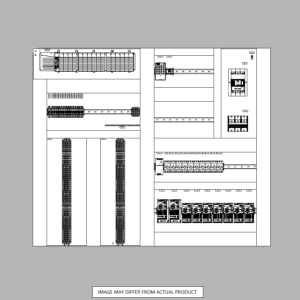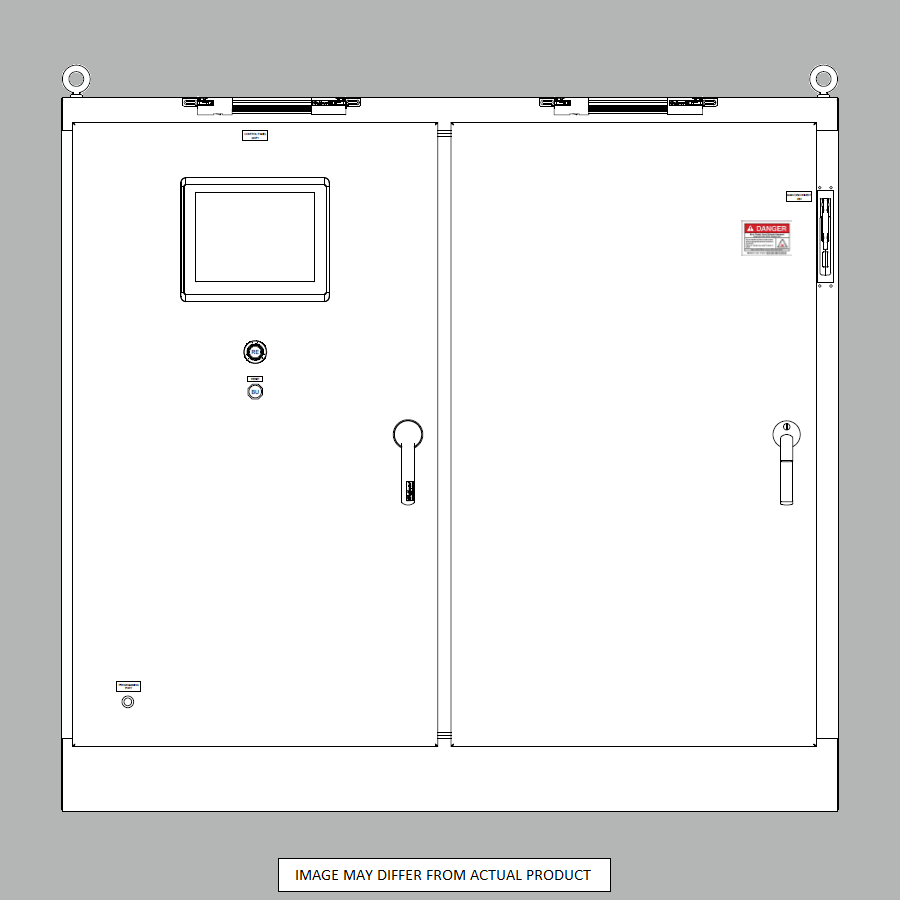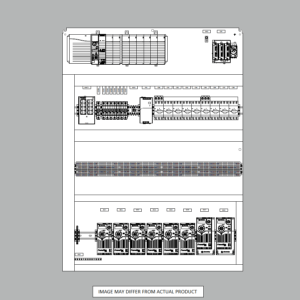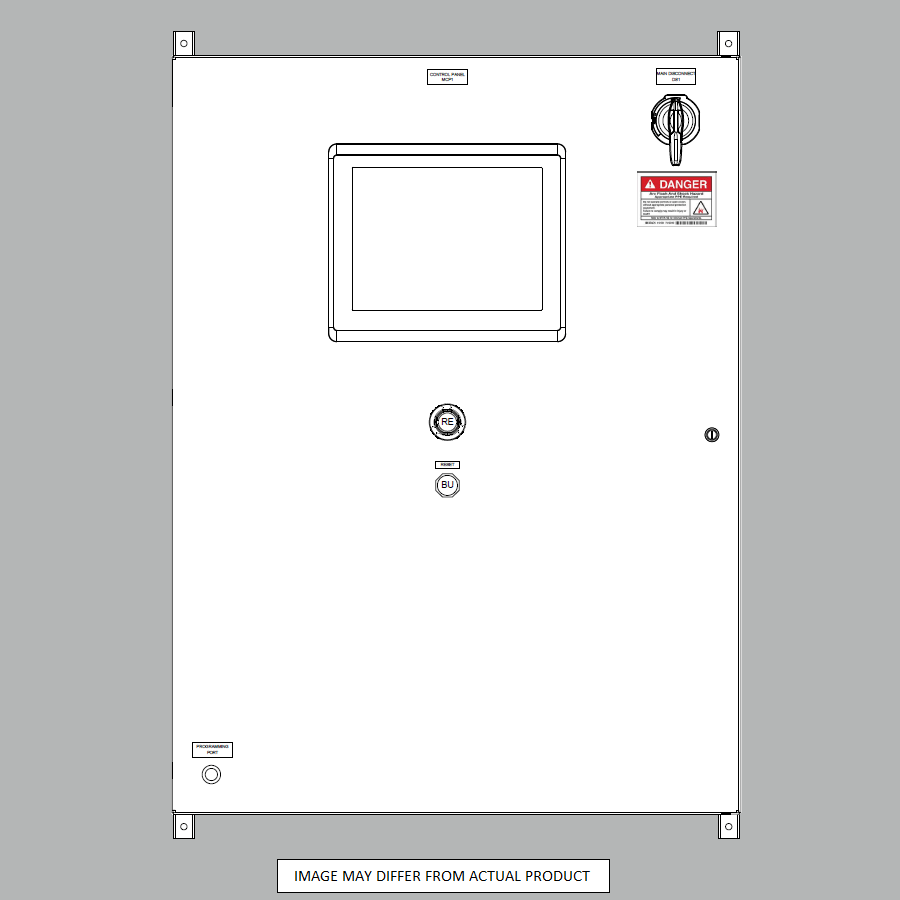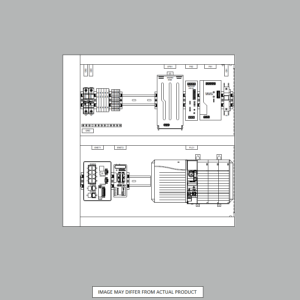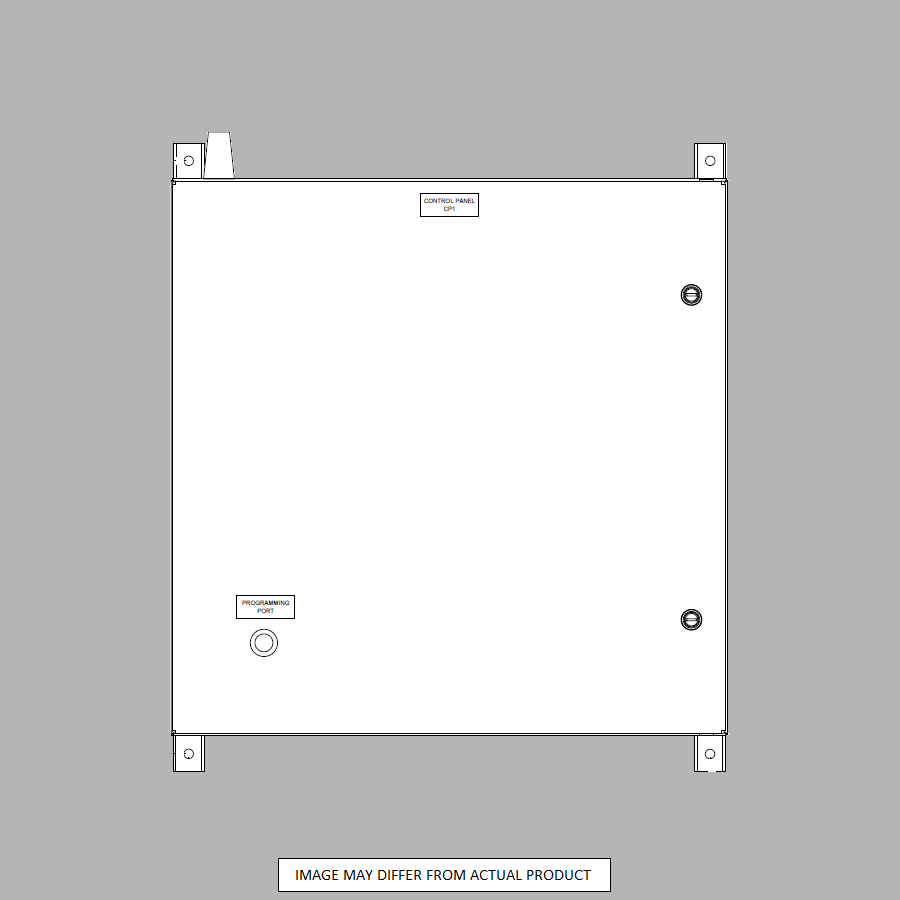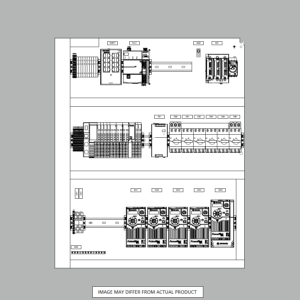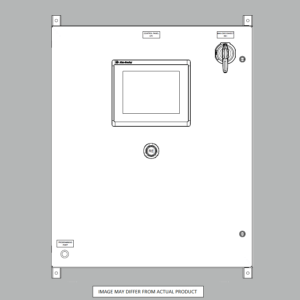Automated Brewing Systems: The Next Level of Homebrewing
Homebrewing has come a long way since its humble beginnings. Gone are the days of relying solely on intuition and manual processes. Today, we’re witnessing a revolution in the craft beer world, thanks to automated brewing systems. These technological marvels are changing the game, offering homebrewers unprecedented control, consistency, and efficiency.
Let’s dive into the world of automated brewing and discover how it’s reshaping the landscape of craft beer production.
Understanding Automated Brewing Systems
Automated brewing systems represent a significant leap forward in homebrewing technology. Unlike traditional setups that require constant manual intervention, these systems leverage advanced control mechanisms to streamline the brewing process.
At the heart of these systems lies the Programmable Logic Controller (PLC). This powerful computer acts as the brain of the operation, coordinating various components and executing precise instructions. PLCs allow brewers to automate crucial steps like temperature control, liquid transfers, and timing – tasks that traditionally demanded constant attention.
The result? A brewing process that’s more precise, repeatable, and hands-off than ever before. While traditional methods rely heavily on the brewer’s skill and attention, automated systems bring a new level of consistency and control to the table.
Key Components of an Automated Brewing System
To truly appreciate the power of automated brewing, it’s essential to understand the key components that make these systems tick:
- Sensors: These are the eyes and ears of your brewing system. Temperature sensors monitor mash and boil temperatures, while pressure sensors keep tabs on the system’s internal pressure. Some advanced setups even incorporate pH sensors for precise mash control.
- Valves: Automated valves control the flow of liquids throughout the brewing process. They open and close at precise moments, ensuring ingredients are added at the right time and wort is transferred efficiently between vessels.
- Pumps: These workhorses move liquids through the system. From recirculating the mash to transferring wort to the fermenter, pumps play a crucial role in maintaining a smooth brewing process.
- Heating elements: Precise temperature control is vital in brewing, and automated systems excel in this area. Electric heating elements, controlled by the PLC, maintain exact temperatures throughout the brew day.
- Control panel or computer interface: This is where you, the brewer, interact with the system. Modern interfaces often feature touchscreens or connect to smartphone apps, allowing you to monitor and control your brew from anywhere.
Benefits of Automated Brewing Systems
The advantages of embracing automation in your brewing process are numerous and significant:
- Consistency: With precise control over every aspect of the brew, you can replicate your favorite recipes with unparalleled accuracy. Say goodbye to batch-to-batch variations!
- Precision: Fine-tune brewing parameters to an extent that’s simply not possible with manual methods. Want to hit that perfect mash temperature within 0.1°C? No problem.
- Efficiency: Automation streamlines your brewing process, saving you time and effort. You’ll spend less time babysitting your brew and more time enjoying the fruits of your labor.
- Data logging: Many automated systems keep detailed records of each brew. This wealth of data allows you to analyze and improve your recipes over time.
- Scalability: As your brewing ambitions grow, automated systems can easily adapt. Scaling up recipes or increasing batch sizes becomes a breeze with the right setup.
Designing and Building Your Own Automated Brewing System
For the tech-savvy homebrewer, designing and building a custom automated system can be an exciting project. Here’s a high-level overview of the process:
- Plan your system layout and components: Determine the size of your system and what level of automation you desire. Will you automate just the hot side, or include fermentation control as well?
- Select the right PLC: Choose a PLC that matches your automation needs and budget. Options range from simple Arduino-based controllers to industrial-grade PLCs.
- Program the PLC: This is where the magic happens. Write the code that will control your brewing process. Don’t worry if you’re not a programming whiz – many homebrewers share their code online.
- Connect sensors, valves, and pumps: Wire everything up to your PLC. This step requires careful planning and attention to detail to ensure everything works harmoniously.
- Integrate with brewing software (optional): Some brewers take it a step further by connecting their systems to brewing software for recipe formulation and brew day management.
Popular Automated Brewing Systems on the Market
If building your own system seems daunting, there are plenty of commercial options available:
- Braumeister: A popular all-in-one system that automates the entire brewing process.
- Grainfather: Another well-regarded option that offers smartphone control.
- Brewzilla: A more budget-friendly choice that still offers impressive automation features.
For those who want a middle ground between DIY and ready-made, several companies offer DIY kits and resources to help you build your own automated system.
Brewing with an Automated System: Step-by-Step Guide
- Recipe Selection: Choose a recipe suitable for automation. Start with something familiar to get a feel for your new system.
- Programming: Input the recipe into your PLC or brewing software. This typically involves setting mash temperatures, boil times, and hop addition schedules.
- Preparation: Gather your ingredients and set up your equipment. Even with automation, proper mise en place is crucial.
- Brewing: Start the brewing process and let your system work its magic. Monitor the process and make adjustments if needed.
- Fermentation: Transfer the cooled wort to your fermenter. Some advanced systems even automate this step!
- Kegging/Bottling: Once fermentation is complete, package your beer and enjoy the fruits of your (somewhat) hands-off labor.
Beer Styles Ideal for Automated Brewing
While automation can benefit any beer style, some particularly shine:
- India Pale Ale (IPA): Precise hop additions and temperature control can really elevate your IPA game.
- Pale Ale: Achieve consistent results with this popular style.
- Stout: Nail those complex malt profiles every time.
- Pilsner: Temperature control is crucial for this delicate lager style.
- Saison: Automate complex mash schedules with ease.
Tips for Successful Automated Brewing
- Start simple: Begin with straightforward recipes and gradually increase complexity as you become familiar with your system.
- Clean and sanitize thoroughly: Automation doesn’t negate the need for impeccable cleaning practices. In fact, it’s even more crucial with all those extra components.
- Calibrate regularly: Ensure your sensors are providing accurate readings by calibrating them regularly.
- Monitor and analyze: Pay attention to the data your system provides. Use it to refine your recipes and processes over time.
- Don’t forget the art: While automation brings precision, remember that brewing is still an art. Don’t be afraid to trust your instincts and make creative decisions.
The Future of Automated Brewing Systems
The world of automated brewing is evolving rapidly. Here’s what we might see in the coming years:
- AI and machine learning integration: Imagine systems that learn from each brew, suggesting optimizations for your recipes.
- Smart home integration: Control your brew day from your smart speaker or have your system automatically order ingredients when you’re running low.
- Increased accessibility: As technology advances, expect to see more affordable options hitting the market, making automated brewing accessible to a wider range of homebrewers.
Automated brewing systems are revolutionizing the world of homebrewing, offering unprecedented control, consistency, and convenience. Whether you’re a seasoned brewer looking to up your game or a newcomer seeking to dive into the craft, these systems open up exciting possibilities.
Ready to take your brewing to the next level? Consider exploring Automation Ready Panels for your automation needs. Their expertise in PLC integration and custom control solutions can help you design and implement the perfect automated brewing system for your unique requirements. Don’t let manual processes hold back your brewing potential – embrace the future of homebrewing with Automation Ready Panels.
-
Large Process Automation: Panelview 5000, ControlLogix 5580
$24,073.00 Select options -
Small Process Automation: Panelview 5000, ControlLogix 5580
$20,321.00 Select options -
Small Process Automation: ControlLogix 5580, UPS Battery Backup, Cellular Modem
$18,999.00 Select options -
Advanced Automation: Panelview 5000, Safety CompactLogix 5380
$10,269.00 Select options


